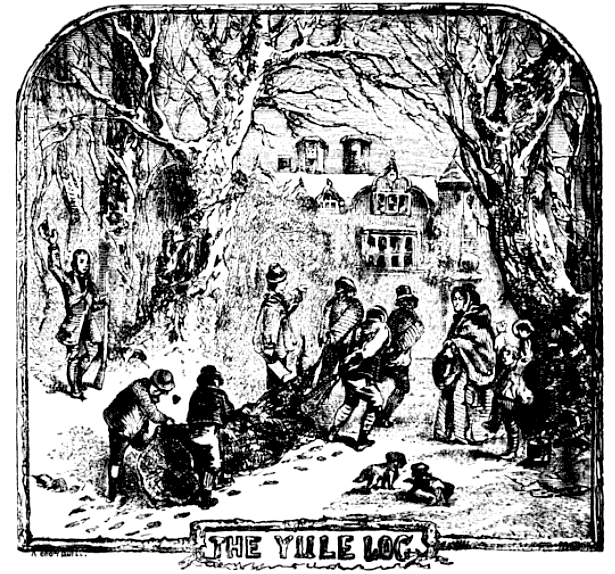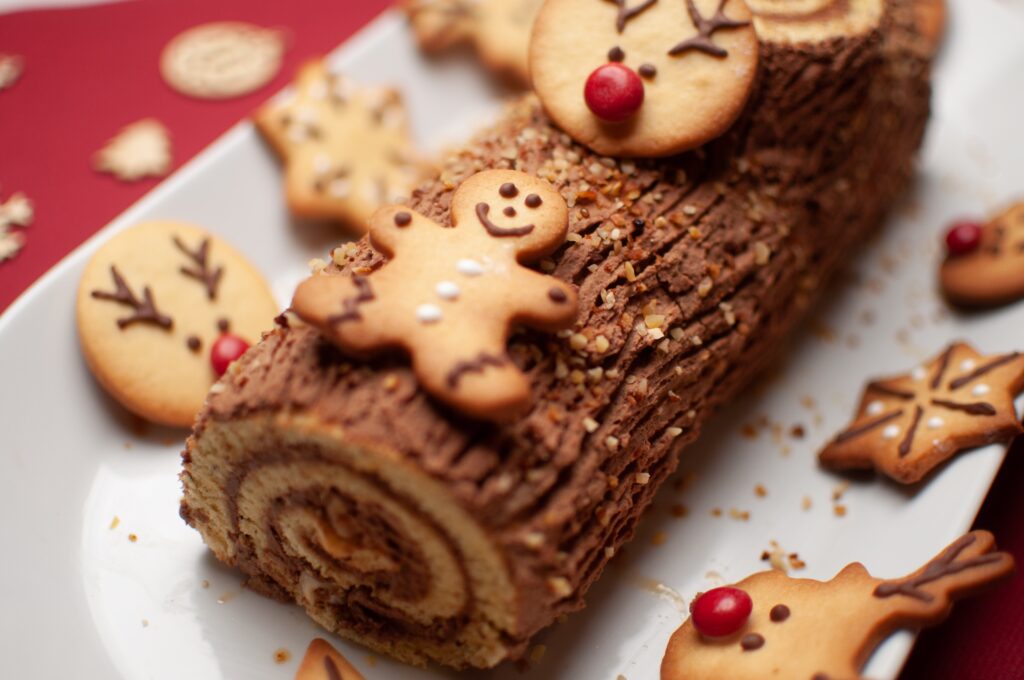With the Summer Solstice right around the corner, we are now about halfway through the year. That means that there are about six months to think about what you’ll do for the Yuletide. One of the oldest continuous winter celebrations in the world!
What Yule Celebrates
Yule is a twelve day celebration centered around the Winter Solstice, the longest night of the entire year. It was believed that the sun would stop moving during the Winter Solstice, and the celebrations during the Yuletide are intended to encourage the sun to start moving once again.
The celebrations of Yule are also believed to be connected to the Wild Hunt, a holiday associated with Odin. There are also believed to be some connections to another holiday called Modraniht.

Who Started Yule?
The Germanic peoples began Yule (at least) nearly two thousand years ago, with the earliest literature created about the holiday coming from the Goths in the fifth century. It was also recorded in the eighth century that the Anglo Saxons centered the winter months of their calendar around the celebration of Yule.
Cognates to Yule still exist among Scandinavian peoples, as well by the Finnish and Estonian peoples, to describe the winter holiday season. Though Yule has largely gone through a Christianization, like other pagan holidays that survived or were replaced during the Christianizing of Europe, modern people following pagan, or folk, religions are known to recognize and celebrate the holiday as well as it originally belonged to those practices.
The name Yule itself comes from the Old Norse word “Jol” or “Jolnir” which is another name for Odin, once again showing the connection to Odin related celebrations. In Old English, the word was “geola” or “geoli” and they referred to the month that the holiday occurred in as “ærra geola.”
Both the Old Norse and Old English words are cognates for the Gothic word “jiuleis.” There have been attempts to find more Indo-European cognates outside of the Germanic languages, but this has so far been nothing but speculation.
Why Is There A Yule Log?

The Yule Log is one of the common objects you will see associated with Yule and the Yuletide. The Yule Log can sometimes be represented by a literal log or just represented as a delicious log themed desert for the winter celebration dinner. But why? Where did the log come from?
The Yule Log traces its origins back to the origins of why Yule itself is celebrated, the stopping of the sun. Since the sun is no longer moving, the world grows cold. And so, an entire tree–the Yule Tree–would be chopped down and burned.
The burning of an entire tree is believed to have been to create a giant fire both to create warmth for the people and to also wake up the sun and cause it to move once again. The burning of an entire tree is also what modern scholars believe decided that the holiday would last for twelve days, because burning an entire tree over the course of a night’s feasting can take a pretty long time.

Why Is There A Yule Ham?
The Yule Ham, or simply the Christmas Ham, is a staple of modern day winter celebrations. However, what is the origin of this? Well, this related back to the connection of Yule to the Wild Hunt.
The Yule Ham originally started out as the Yule Boar, a creature that would be hunted during the Wild Hunt. Meat from the Yule Boar would, of course, be offered to the gods and also be eaten at the feasting for Yuletide by the people.
Eating a ham bought from the store is much more tame than hunting, killing, and eating a wild boar, but the continuing idea of this tradition still goes to show the longevity by which it and Yule have survived and adapted overtime.
What Is Modraniht?
One of the holidays believed to be connected to Yule is Modraniht, which was a wintertime holiday celebrated by the Anglo Saxons before their Christianization. Modraniht celebrates female deities, especially deities that are mothers and deities that are Triple Goddesses.

People that celebrate Modraniht also bring honor to the females, again especially regarding mothers, within their own households. So the entire holiday is clearly centered around celebrating the female role of motherhood.
Scholars believe that the Modra (the name for mothers, celebrated on Modraniht) is linked back to the West Germanic “Matres and Matronae.” Matres and Matronae are female goddesses worshiped all over the Germanic eras of Europe–at least up until about the fifth century.
Most of the documentation we have on Matres and Matronae comes from the Romans who discovered the practices from the German territories that they were occupying. Archaeological evidence does support the existence though.
There may also have been a Celtic variation of Matres and Matronae as well, as inscriptions found at Gaulic sites in Spain and Portugal have indicated the existence of similar practices. These findings were also documented at one time by the Roman army in the region.
Modraniht is also linked to the origin of celebrating Mother’s Day. Although Mother’s Day is now at a different part of the year.
How Is Yule Celebrated By Pagans Today?
Modern day pagans celebrate Yule most commonly by eating a meal with family and exchanging gifts. There are also many who try to match up with as much of the old Germanic traditions as possible.
It can be hard to match these traditions, as plenty of elements have been lost to us or are really hard to find. As well, the conditions by which we live have drastically changed from those days.
Nevertheless, many people improvise as much as they need to and have a merry time. In Wicca particularly, the holiday is very popular and is used as a celebration of the rebirth of their great horned god–represented by the solstice sun.